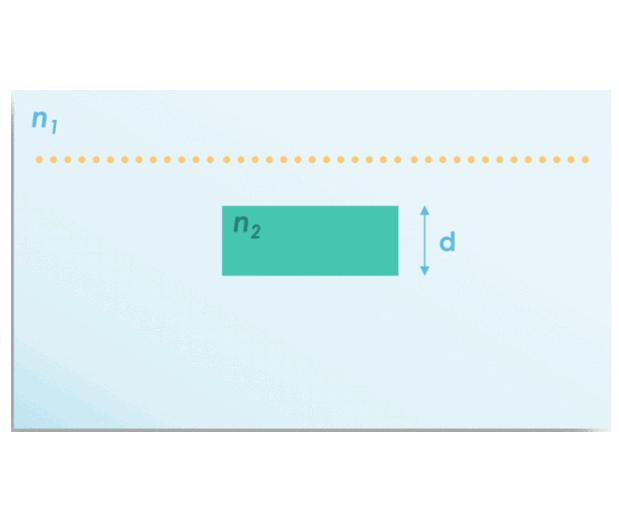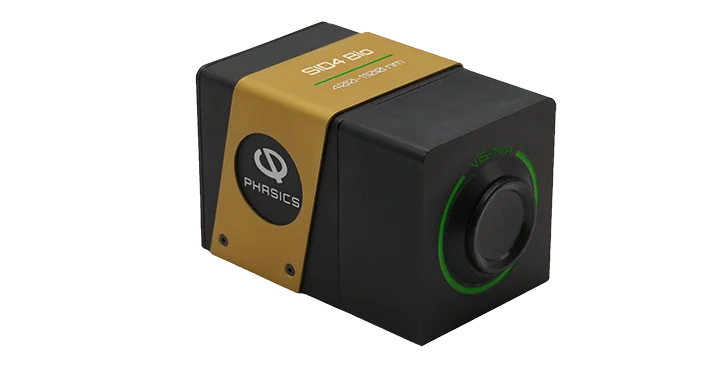Phasics offers an easy and accurate solution for birefringence imaging. It provides specific contrast enhancement for structured specimens such as collagen in tissues or stress fibers in cells. This is of huge interest for digital pathology and fiber detection and identification in air pollution (asbestos…).
The Phasics setup for birefringence imaging is immediate. It relies on a single rotating polarizing element placed at the light source level and a Phasics camera-like instrument for QPM. By measuring phase shifts for different light polarization directions, the Phasics technique obtains local birefringence data. A “retardance” image is obtained for which each pixel is the local value of linear birefringence introduced by the specimen. In this image, all birefringent structures such as fiber appear with high contrast and can be identified thanks to their pixel values. The slow optical axis along the fiber is also locally identified.









